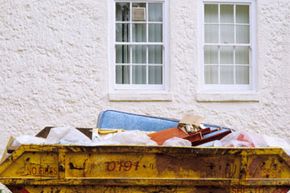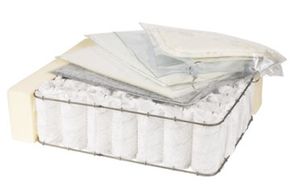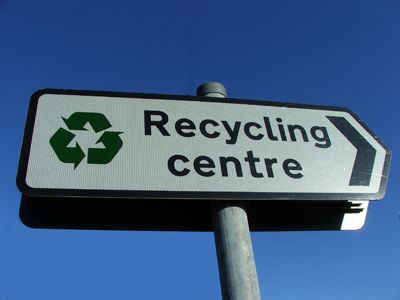During the excitement of having your new mattress delivered, you might not care what happens to that old, back-pain-inducing one once it's hauled away. Given that 20 million of them end up in landfills each year, and they take up 5 percent and account for 250 million pounds of weight in landfills, maybe you should [source: Champion, Hasek]. Not only that, they also create a dangerous environment for workers in landfills, because their bulky shapes can create flammable air pockets and damage equipment [source: St. Vincent de Paul]. It's easy to see it's best to keep mattresses out of landfills. But how do you do that?
Actually it's surprisingly hard to donate a mattress. Once you realize that a mattress can double its weight in just 10 years due to the collection of body sweat, dead skin, dust mites and other a debris, it's easy to understand why [source: Jio]. While you can give your mattress away to a friend, it's often difficult to find a charity to accept it even after it's been professionally cleaned. And if you've ever attempted to recycle a mattress, you know that is difficult, as well. Most recycling centers won't accept mattresses, because they lack the technology to disassemble them.
Advertisement
So what is the most environmentally friendly way to dispose of your old mattress? Although it's a bit difficult to do, recycling is the best option since at least 85 percent of a mattress can be recycled [source: St. Vincent de Paul]. We'll learn more about the components of a mattress that can be recycled on the next page.


